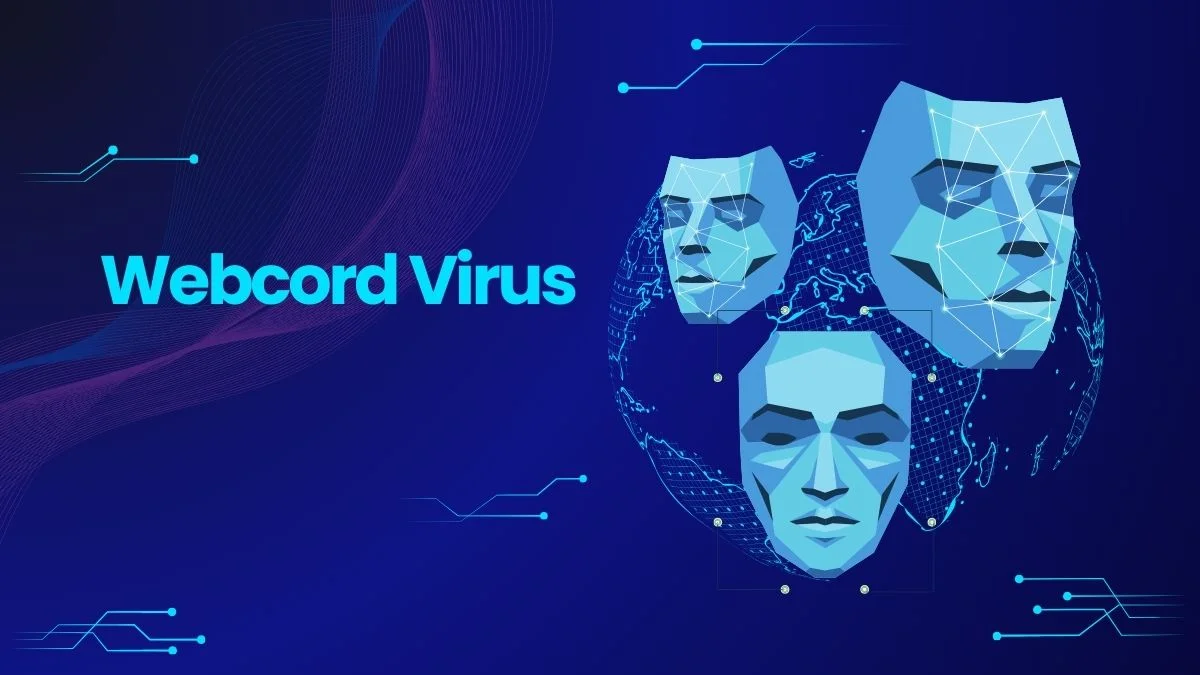The Intricate Threat of the WebCord Virus
In the ever-evolving landscape of cybersecurity threats, a new player has emerged with a distinct and ominous presence. The WebCord Virus, aptly named for its intricate, net-like structure, has become a significant concern for individuals and organizations alike. This article delves into the characteristics, behavior, and implications of the WebCord Virus, offering insights into how it operates and what measures can be taken to mitigate its impact.
Origins
The origins of the WebCord Virus are shrouded in mystery, but what sets it apart is its sophisticated design. Unlike traditional viruses that simply replicate and spread, the WebCord Virus weaves itself into the very fabric of the infected system. This web-like presence is not just a metaphor; it describes how the virus integrates itself into various components, creating a complex network of infection.
Modus Operandi
Infiltration
The initial phase of a WebCord Virus attack involves infiltration. The virus often enters a system through phishing emails, malicious downloads, or compromised websites. Once inside, it begins to establish its network.
Connection
Just as a spider spins its web, the WebCord Virus connects itself to critical files, applications, and processes. This connection is not random; the virus strategically targets essential parts of the system, ensuring its presence is deeply embedded.
Spread
The spreading mechanism of the WebCord Virus is both its strength and its most daunting characteristic. Unlike other viruses that may remain confined to certain areas, the WebCord Virus uses its intricate network to traverse the entire system. This makes it exceedingly difficult to detect and remove, as it can quickly reinfect parts of the system even after partial removal.
Impact
Data Compromise
One of the primary concerns with the WebCord Virus is data compromise. By integrating itself into the system, the virus can access sensitive information, including personal data, financial records, and confidential business documents. This data can be stolen, corrupted, or held for ransom, leading to significant financial and reputational damage.
System Performance
The pervasive nature of the WebCord Virus also affects system performance. As it weaves its way through the system, it consumes resources, leading to slowdowns, crashes, and instability. For businesses, this can result in downtime, lost productivity, and increased operational costs.
Security Erosion
Perhaps the most insidious impact of the WebCord Virus is its ability to erode overall system security. By establishing a network within the system, it can create backdoors and vulnerabilities that other malicious actors can exploit. This opens the door to further attacks, compounding the damage and making recovery even more challenging.
Detection
Complexity
Detecting the WebCord Virus is a formidable task due to its complex structure. Traditional antivirus software may struggle to identify it because of its deep integration and ability to mimic legitimate processes.
Indicators
However, there are indicators that can signal the presence of the WebCord Virus. Unexplained slowdowns, unexpected system behaviors, and unusual network activity are red flags. Monitoring these signs closely can help in early detection and containment.
Prevention
Vigilance
Prevention is always better than cure, and this adage holds particularly true for the WebCord Virus. Vigilance is the first line of defense. Organizations and individuals must remain aware of the latest cybersecurity threats and adopt proactive measures to guard against them.
Education
Education plays a crucial role in prevention. Training employees to recognize phishing attempts, avoid suspicious downloads, and practice safe browsing habits can reduce the risk of initial infiltration. Regular updates on emerging threats and cybersecurity best practices should be part of every organization’s training program.
Technology
Investing in advanced cybersecurity technology is essential. This includes robust antivirus software, firewalls, and intrusion detection systems. Additionally, implementing network segmentation can limit the spread of the virus, confining it to a smaller portion of the system and making it easier to manage and eradicate.
Response
Isolation
In the event of a WebCord Virus infection, the immediate response should be to isolate the affected systems. Disconnecting from the network can prevent further spread and contain the damage.
Eradication
Eradicating the WebCord Virus requires a comprehensive approach. This involves not only removing the virus itself but also identifying and closing any vulnerabilities it exploited. Regular system audits and updates are necessary to ensure that the virus does not return.
Recovery
Recovery from a WebCord Virus attack can be a long and arduous process. Restoring systems to their pre-infection state, recovering lost data, and rebuilding trust are critical steps. Organizations must also review their security protocols and make necessary adjustments to prevent future attacks.
Conclusion
The WebCord Virus represents a significant challenge in the realm of cybersecurity. Its intricate, web-like structure makes it a formidable adversary, capable of deep integration and widespread damage. However, with vigilance, education, and advanced technology, it is possible to defend against this threat. Understanding the behavior and impact of the WebCord Virus is the first step towards developing effective strategies to combat it. As cyber threats continue to evolve, so too must our defenses, ensuring that we remain one step ahead in the ongoing battle for digital security.




